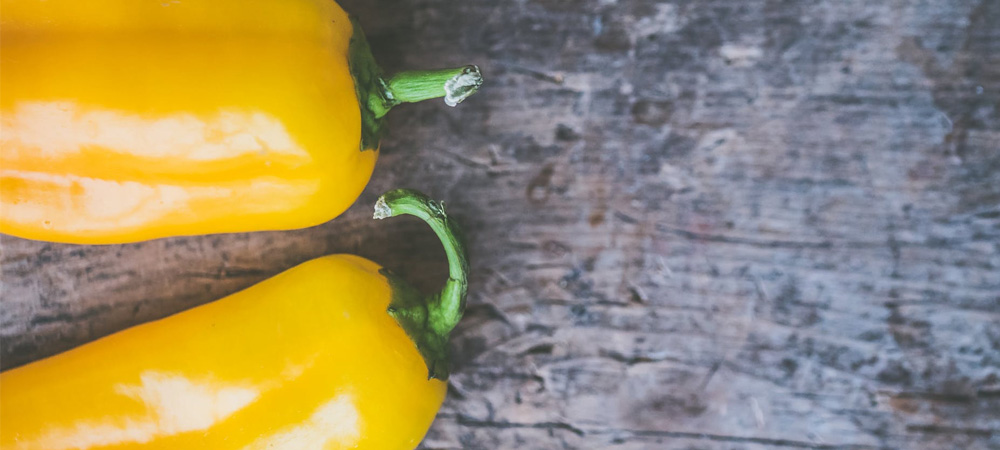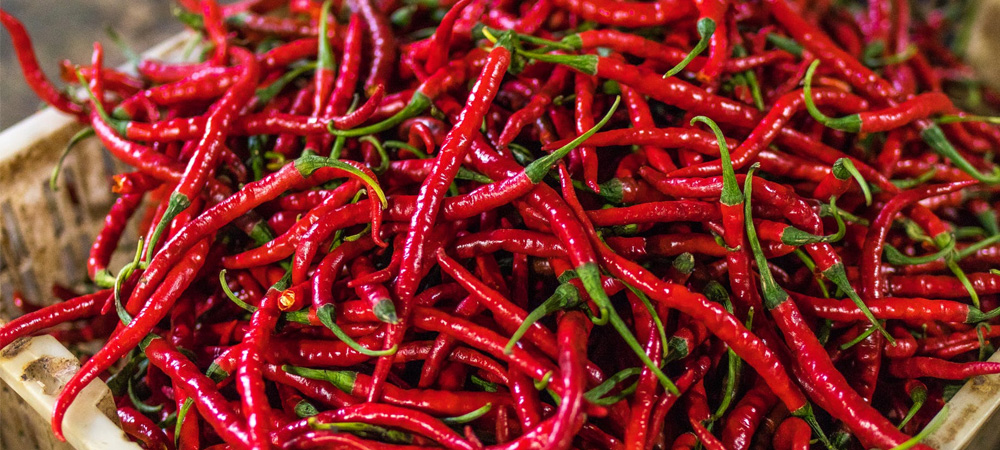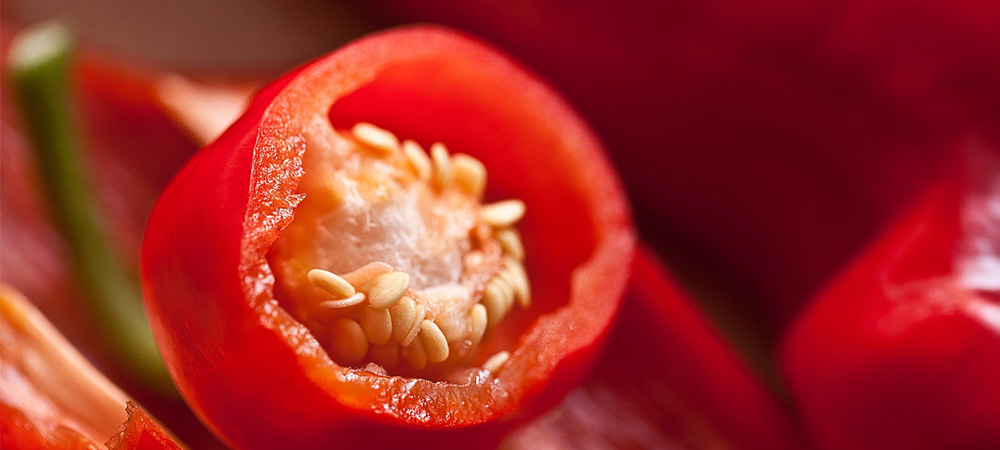Growing Your Own Chilli Plants in a Greenhouse

Be Wary of the Crazy Hot Chilli Varieties!
Consider how much heat you want to add to your dishes. Some extreme chillies can actually be too hot for most people to eat. Although it may be tempting to grow the hottest chilli pepper, a milder version may be more useful for adding flavour and heat to your meals.
Chillies Take Time - So Greenhouses Are Best
It is best to grow your chillies in a greenhouse rather than outdoors as they require a long, hot growing season. It is possible to grow chillies outdoors but if your summer is short or variable, these plants will grow much more successfully in a glasee or polycarbonate greenhouse.
If you don't already own a greenhouse, you can browse our range online here, including small greenhouses, lean to greenhouses, potting sheds, and wooden greenhouses - to name a few!
When and How to Grow Chilli Peppers
It is important to start growing your chillies early. The beginning of February is the ideal time to start. They will need to be in a space with a temperature of 20 to 24 degrees Celsius. If you don’t have a heated greenhouse the second best option is to start them inside and set them on a sunny, south-facing window sill.

You will want several 2.5 cm pots or 15 to a tray module to sow your individual chilli pepper seeds in (use only one seed per pot). Use a multi-purpose soil that includes perlite or vermiculite, or add your own perlite or vermiculite. Don’t plant your seeds deep, just drop it gently on the surface of your soil and cover it with a little permite. After planting, water your seed in. Be very gentle with your watering and use warm water (20 - 24 degrees Celsius).
Small Seeds Tip
Gardener’s Tip: It can be difficult to pick up just one small seed to plant. To make it a bit easier use a plastic dibber or a pencil with a wet end to pick up the seed.
Potting On
It will take seven to ten days for your chilli plants to germinate. When you see small leaves on the seedlings you can transplant from your 2.5 cm pots into larger containers. You will want to use 7.5 cm to 10 cm pots and fill them with multi-purpose compost.
When you transplant you will want to use warm water to water your plants. This is to avoid shocking them. Over the next week you can gradually decrease the temperature of the water until you get to the ideal greenhouse temperature of 15 degree Celsius or slightly higher.
You have one more transplant to complete. This should happen after about seven to ten days. Regularly check the bottom of your pots and when you see roots poking through the holes you will know it is time to move your plant into larger containers. 20 cm to 24 cm pots will be a perfect final size for your chilli peppers. If you prefer to use standard grow bags, plant only two in each bag.
Supporting Plants & Ongoing Care
Chilli pepper plants can get heavy and fall over when they are laden with fruit. You will want to support your plants with short stakes. Watch your plants carefully and when they reach 30 cm to 40 cm it is time to pinch out the main stem. This will encourage several side shoots to grow.
Chilli plants require regular watering but too much water can retard their growth. Allow the plants time to dry between waterings.

A general purpose fertiliser such as Miracle Gro should be used after about six weeks or when flowers appear (whichever comes first). As long as your plants appear healthy continue to feed with a tomato feed every two weeks. Keep a close eye on your plants and if you see the leaves turning yellow go back to your general purpose fertiliser for a couple of weeks.
Harvesting Chilli Peppers
You should snip mature, colored fruits using sharp scissors and allow the immature ones to ripen further. This process may stimulate even more flowers on your chilli plants.
Issues With Chili Growing
The most common problem with growing chilli plants is the cold. As long as your plants are warm enough and you remember to water them you should have no problems growing them.
Pests: Whitefly & Aphids
If you are growing other plants such as tomatoes in your greenhouse you may find your chilli plants are affected by whiteflies and aphids. Often a yellow sticky card will be enough to control the problem but if that doesn’t work you may want to consider using a spray. Ensure the spray you choose is approved for food crops. Alternatively, you could look into using Encarsia formosa which is well known as an excellent biological preventative against whitefly problems in greenhouses.
See our recommendations for other vegetables to grow in a greenhouse here.
Need help buying a greenhouse? Read our buyers guide here.
 Author:
Author: